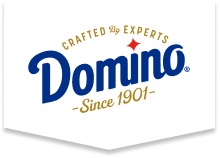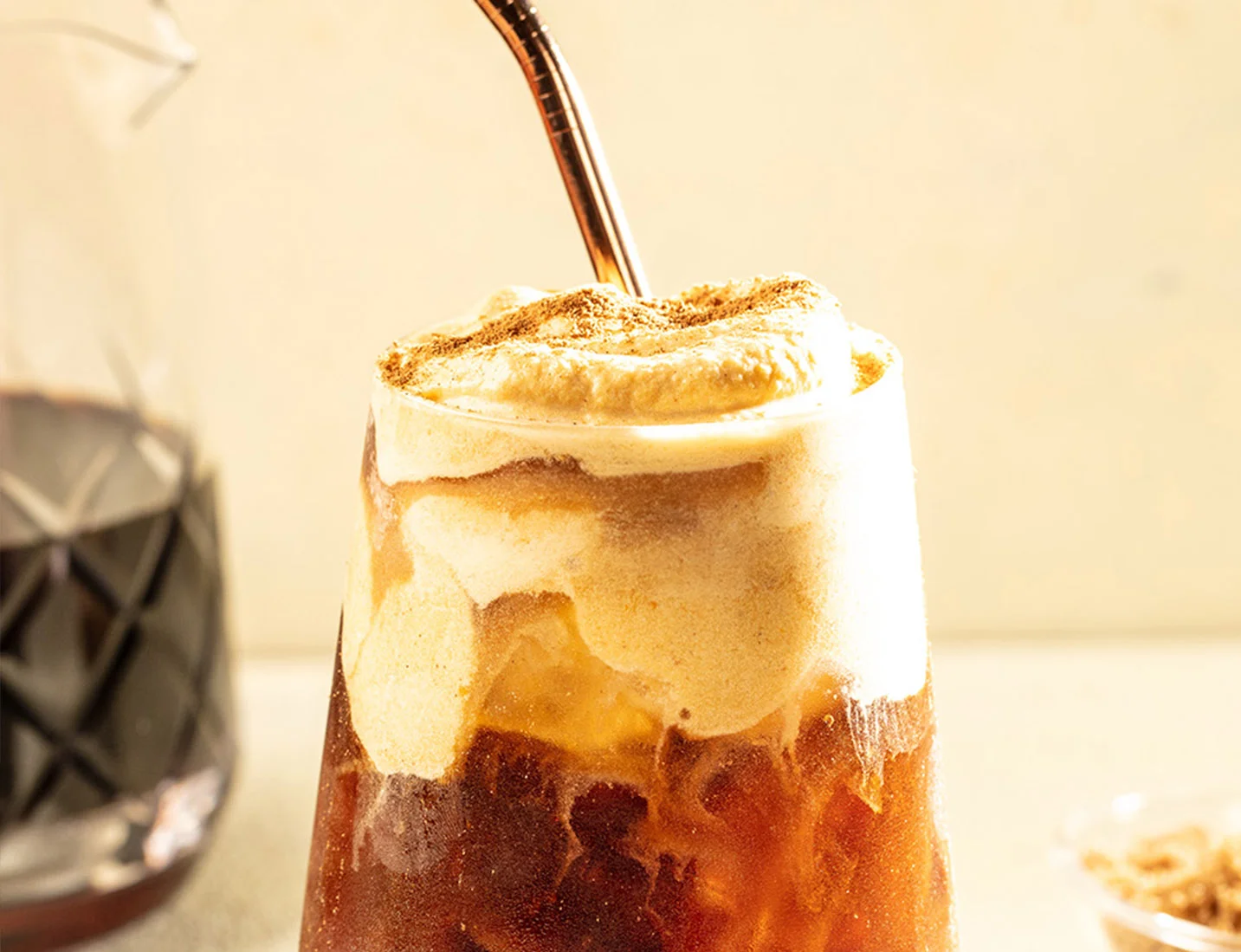Categories: | FAQ
Add a pinch of education when you bake
Classroom instruction, worksheets and homework are all critical to our kids’ education, but baking is a great way to bring those lessons home. Fractions, chemical reactions, states of matter and more are all easily observable when baking…and kids will appreciate being able to eat the results of their work!
1. Keep things relevant
One of the things that makes classroom learning boring to most kids is that they cannot relate it to real life. Working addition, subtraction or other concepts into the real-world baking that is happening before their eyes increases the likelihood you will have an “A-ha” learning experience.
2. Mind the measurements
Measurement is one of the most powerful examples of how baking can be turned into a quick math or science lesson. Converting ingredients from one unit to another (say, tablespoons into teaspoons or pounds into ounces) can make learning memorable and fun for young minds. Our Conversion Charts make an excellent resource.
3. Multiply or divide a recipe
Look for a recipe that mostly uses even-numbered ingredients or measurements, then ask your child to halve it. Voila, you have just practiced division. Ask them to double it instead, and you have taught multiplication. For older students, you can even try harder concepts like adding 1 more serving to a recipe that makes 4, which would require them to increase the amount of each ingredient by 25%.
4. Observe states of matter
Solids, liquids and vapors are all easily seen while preparing and baking different types of recipes. From seeing steam rise from a hot muffin to watching butter melt into a liquid, science is present throughout the baking process. Point these out to your child, and discuss the mechanisms behind why water turns from ice to water to steam with the simple application of a little heat.
For simple, kid-friendly recipes that are easy to make and offer plenty of learning opportunities, check out our Recipes for Bakers of Any Age.


